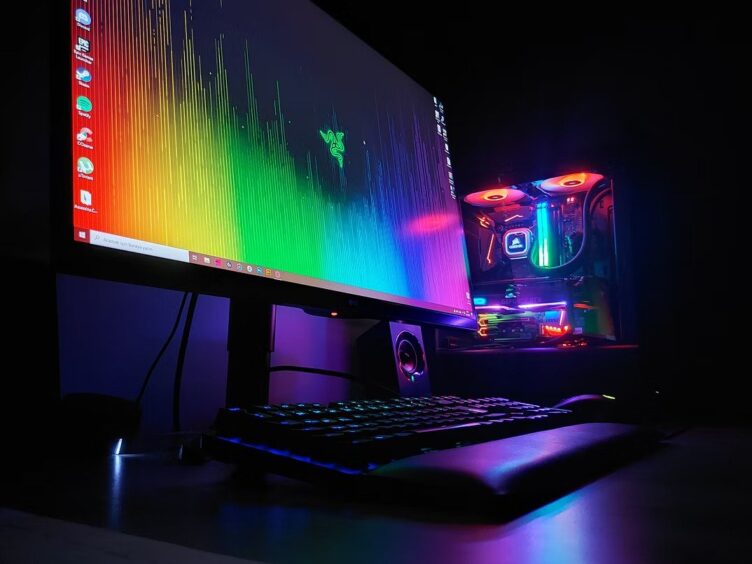Classic games are often wonderful, but they often look bad on modern PCs. Some of it is due to their graphical engines being dated, and some of it is due to compatibility issues between the game and modern hardware. The good news is that the game you are trying to play was released in the 90s or the early 2000s; there are plenty of ways to make it look better on PC. Here are some tips that might help.
1 – Fix the resolution
If you haven’t already, check to see if there is a widescreen patch floating around for the game you’re trying to play. Most games released in the 90s and early aughts were designed with a 4:3 aspect ratio in mind. Trying to run those on a modern monitor will either give you black bars on the corner of the screen, or the game is going to stretch the image to fit the frame. Neither looks great.
Widescreen patches often offer more resolution options as well. It’s not uncommon to find classic games that offer limited resolution options or no option to change the resolution at all.
It’s worth noting that going widescreen doesn’t always yield the best look, as it will change the shape of the objects on the screen. You may want to stick with 4:3 and just increase the resolution depending on what game you’re playing.
2 – Disable some graphical options
Playing old games means seeing the history of how many graphical features have evolved over the years. And the truth is that many games had features that were not ready for prime time at the time, features that often come enabled by default, even though they arguably make the game look worse.
Good options to try disabling when playing old games include motion blur, depth of field, volumetric lighting, surface reflections, film grain, and more. Turn them off and play for a couple of minutes to see if you like the results.
3 – Look for texture packs
Changing the resolution can make the game look less pixelated, but that can only take you so far. Hardware limits and the limitations of physical media mean that old games usually have low-quality and highly compressed textures. Those have a vintage feel to them, but they don’t look great on modern screens.
This is where gaming communities have stepped him. A wide range of vintage games has fan-made texture packs you can install to make the game look nicer. These will also make the game heavier to run, but as long as you have a GPU, it will probably be fine.
4 – Try post-processing
Want to go a step above just textures? How about adding new features to the game engine itself? ReShade is a post-processing filter that can add features to the game’s graphics beyond what the game’s engine can support. These can be used to add reflections, change tones, add visual effects, change the game’s lighting system, and much more.
If you’ve used Minecraft shaders before, then you know what post-processing can do. As the images on this site show, post-processing can make even modern games look great. And it can do wonders for vintage games.
ReShade and other post-processing solutions come with a lot of options that allow you to customize the look of a game. That’s good news, as it allows you to make the game look how you want it to. However, learning what each setting does for the first time can take you several hours. Here’s where shader packs can be useful, as they’ll come with predefined settings to help you skip the setup process.
Want more news from the Tech world for Gaming Peripherals to Hardware Click Here







